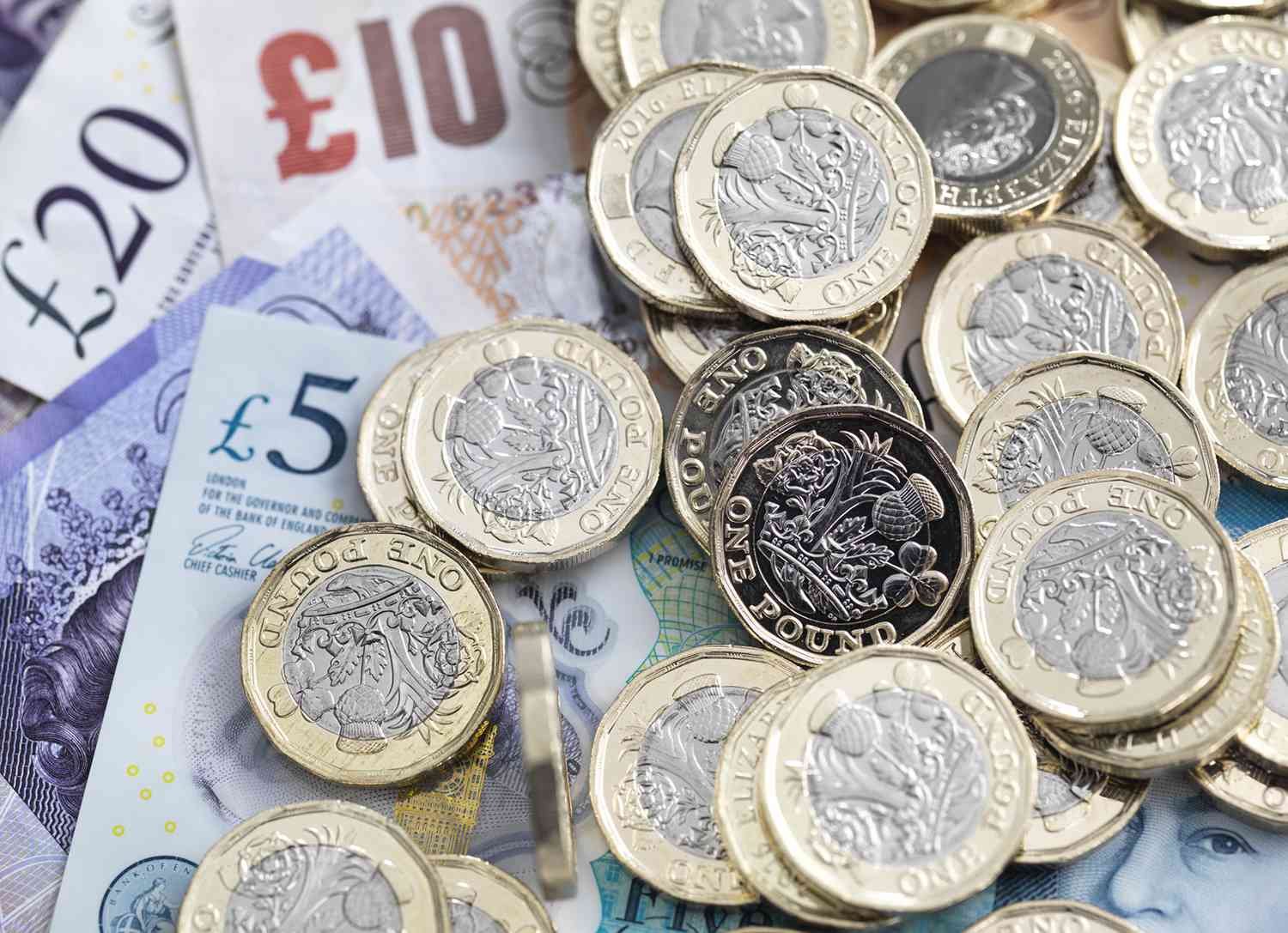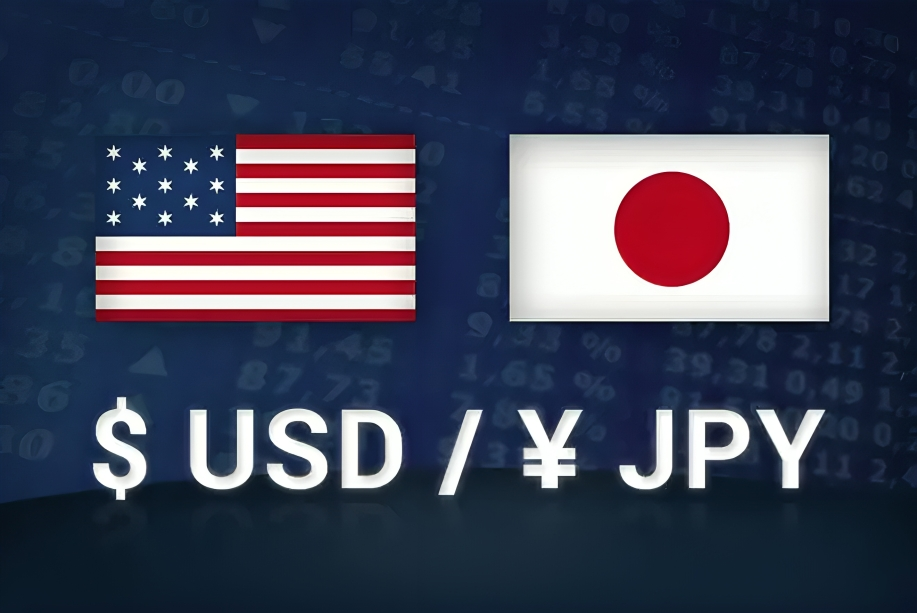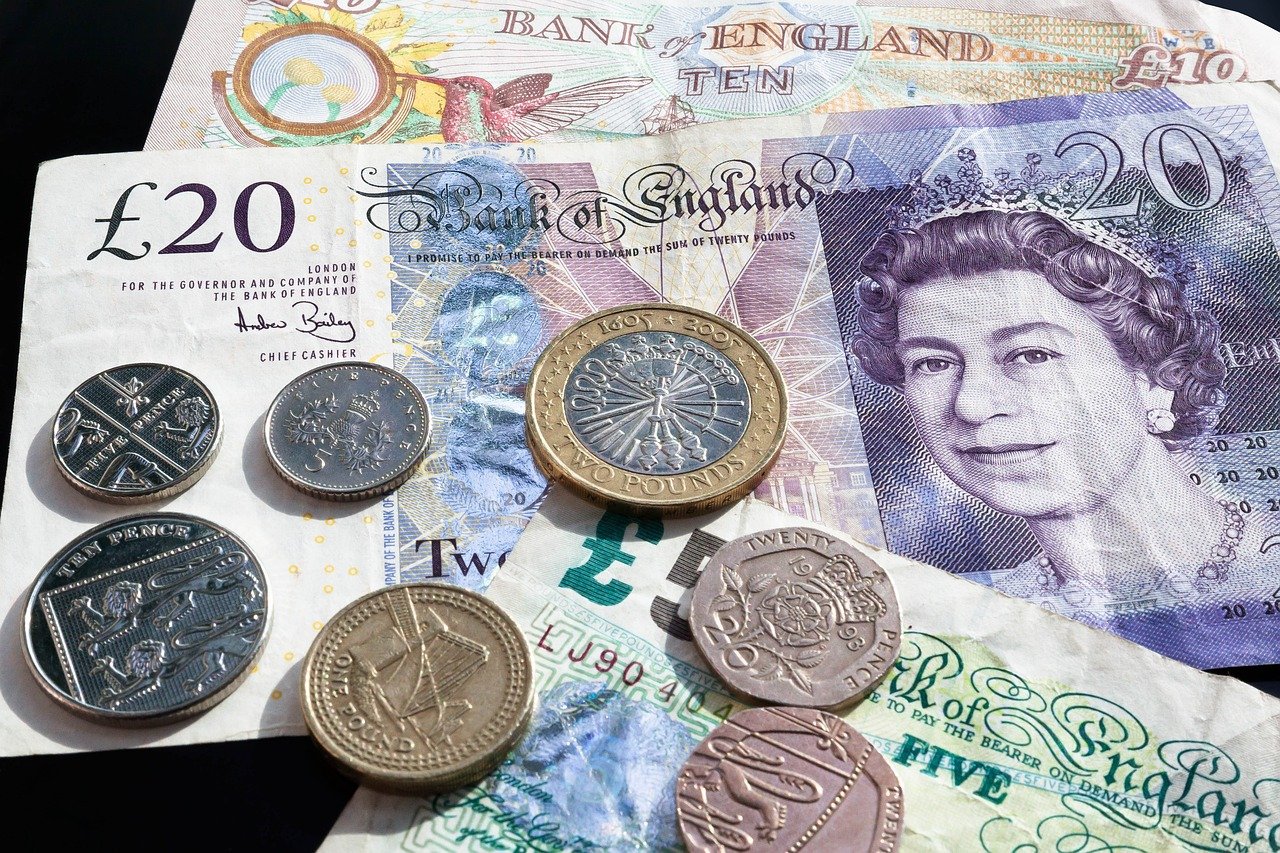The GBP/USD is gaining strength, nearing the 1.3050 level, as the US Dollar continues to lose strength in light of easing inflation and changing trade patterns. A lower-than-anticipated US Consumer Price Index (CPI) for March, with headline inflation falling to 2.4% year-over-year, has tempered the greenback’s attractiveness, leading investors to wait for forthcoming Producer Price Index (PPI) releases and consumer sentiment surveys. The US Dollar Index (DXY) has fallen to approximately 100.20, indicating broader market unease regarding the domestic economic outlook. Also, the recent relaxation of global trade tensions—despite a sharp rise in tariffs on Chinese imports—has bolstered risk sentiment in favor of the British Pound. Market expectations are now pointing toward a cautious rate-cut trajectory by the Bank of England, with an update in May looking increasingly probable.
KEY LOOKOUTS
• Traders are keeping a close eye on March’s Producer Price Index and initial Michigan Consumer Sentiment readings for additional insight into inflation patterns and consumer sentiment.
• The US Dollar Index (DXY) has fallen close to 100.20 after softer-than-expected CPI numbers, maintaining pressure on the greenback against major currencies.
• Bank of England rate cut expectations in the markets continue to support a phase of gradual relaxation, with possible quarter-point reductions expected in May, August, and November.
• The 90-day US tariff pause for most partners, contrasted with higher tariffs on Chinese imports, continues to shape global risk sentiment and currency flows.

Markets are looking for a few key drivers of the GBP/USD pair’s recent strength. Focus now shifts to the coming release of the US Producer Price Index (PPI) and initial Michigan Consumer Sentiment numbers, both seen to offer new information on inflationary pressures and consumer sentiment. The US Dollar continues to suffer, with the Dollar Index staying close to 100.20 after a below-forecast CPI reading for March. In contrast, Bank of England rate-cut expectations are still in place, with markets anticipating a probable move in May, followed by possible cuts in August and November. Also, changing global trade flows—dramatized by the US relaxing tariffs on most partners while steeply increasing them on Chinese imports—are influencing investor sentiment and buoying risk-sensitive currencies such as the British Pound.
GBP/USD pair is still going higher as the US Dollar declines on the back of weaker inflation reports and risk-off market sentiment. Investors now await major US PPI and consumer sentiment releases to guide them. Hopes for gradual BoE rate reductions are also in support of the Pound.
• The pair is trending higher, securing its fourth successive daily gain.
• The DXY drops to about 100.20 in the wake of fears over weak inflation and uncertainty in the economy.
• March CPI increased 2.4% YoY, less than the 2.6% expectation and down from February’s 2.8%, indicating easing inflation.
• Core inflation fell to 2.8% YoY from 3.1%, missing the 3.0% expectation.
• Investors look to March PPI and initial Michigan Consumer Sentiment for additional economic indicators.
• The US imposed higher tariffs on Chinese imports but suspended increases for most partners, reducing overall trade tensions.
• Markets expect three quarter-point reductions by the end of the year, the first in May, then in August and November.
The British Pound is strengthening against the US Dollar as market sentiment changes due to recent economic and policy news. One of the main drivers underpinning the Pound is the slowdown in inflation in the United States, with the Consumer Price Index for March revealing a significant slowdown from recent months. This has created increasing expectation that the Federal Reserve will delay further aggressive moves in monetary policy, which in turn has had an impact on confidence in the US Dollar. Concurrently, an overall pick-up in risk sentiment across the world has become more acceptable for investors to hold currencies such as the Pound.
GBP/USD DAILY PRICE CHART

CHART SOURCE: TradingView
To the upbeat mood is added a new direction in US trade policy. Although tariffs on Chinese imports were raised sharply, the US implemented a temporary moratorium on new tariffs for all other trading partners. This action has served to allay concerns of an escalating trade war, paving the way for more settled global economic prospects. Back in the UK, the Bank of England is likely to take a gradual path to monetary accommodation, with any rate cuts dovetailed across the course of the year. Such a measured approach has contributed to the Pound’s relative attractiveness, particularly as markets anticipate crucial near-term data releases.
TECHNICAL ANALYSIS
GBP/USD is displaying robust bullish momentum as it trades around the 1.3050 resistance level, constituting a potential breakout zone. The pair has sustained an uptrend for four straight sessions, backed by a series of higher lows and higher highs on the daily chart. The 50-day moving average is in an upward trend, supporting bullishness, and the Relative Strength Index (RSI) is still below the overbought level, indicating scope for further appreciation. A continued break above 1.3050 may pave the way towards the next resistance at 1.3100, while short-term support is around 1.2970, followed by the psychological 1.2900 level.

FORECAST
GBP/USD may keep its momentum going in the short term, particularly if future US economic indicators, including the Producer Price Index (PPI) and consumer sentiment, further indicate a decline in inflation. A weaker prognosis for the US economy would likely make the Dollar even weaker, which could give GBP/USD enough strength to breach the 1.3050 resistance level and head for the next level at 1.3100 or even 1.3150. Enhanced global risk appetite, underpinned by reduced trade tensions and stable UK economic indicators, may also keep demand for the Pound firm. Should the Bank of England continue with a measured and consistent policy of rate cuts, it could give further support to the currency.
Conversely, GBP/USD will potentially come under selling pressure should US data surprise to the upside, resuscitating hopes of tighter Federal Reserve policy. A rebound in the US Dollar, particularly if it is fueled by more robust inflation or growth data, might drive the pair back toward support levels of around 1.2970 or possibly even lower to 1.2900. Any indication of economic instability in the UK or a more hawkish-than-expected approach by the Bank of England might also put downward pressure on the Pound. Renewed geopolitical tensions or risk-off sentiment could also trigger a flight to safety, boosting the Dollar and limiting gains in GBP/USD.







